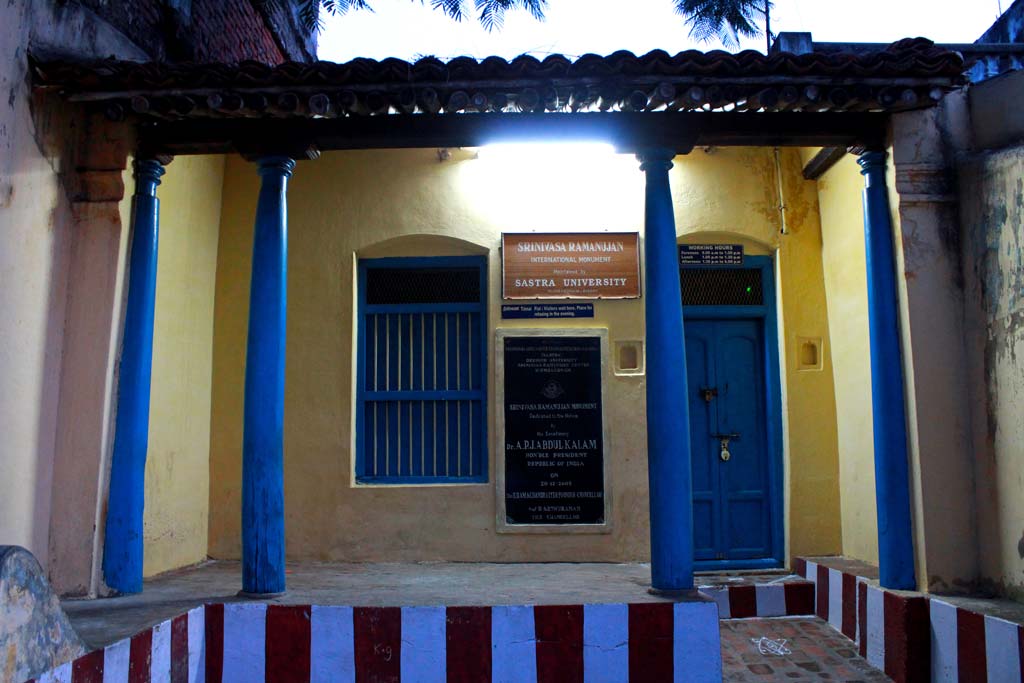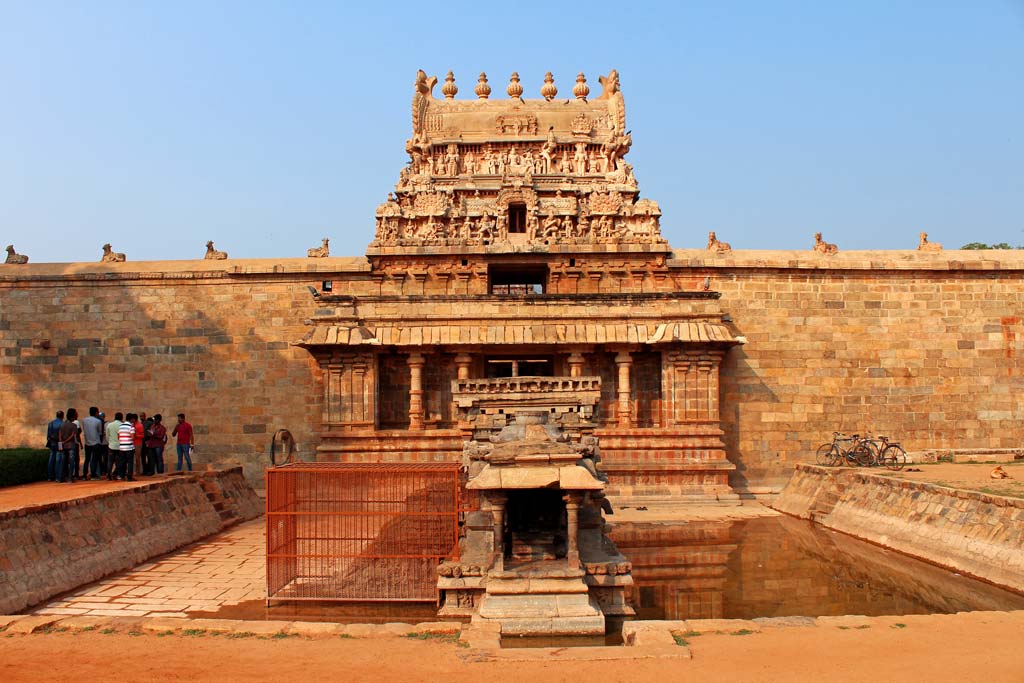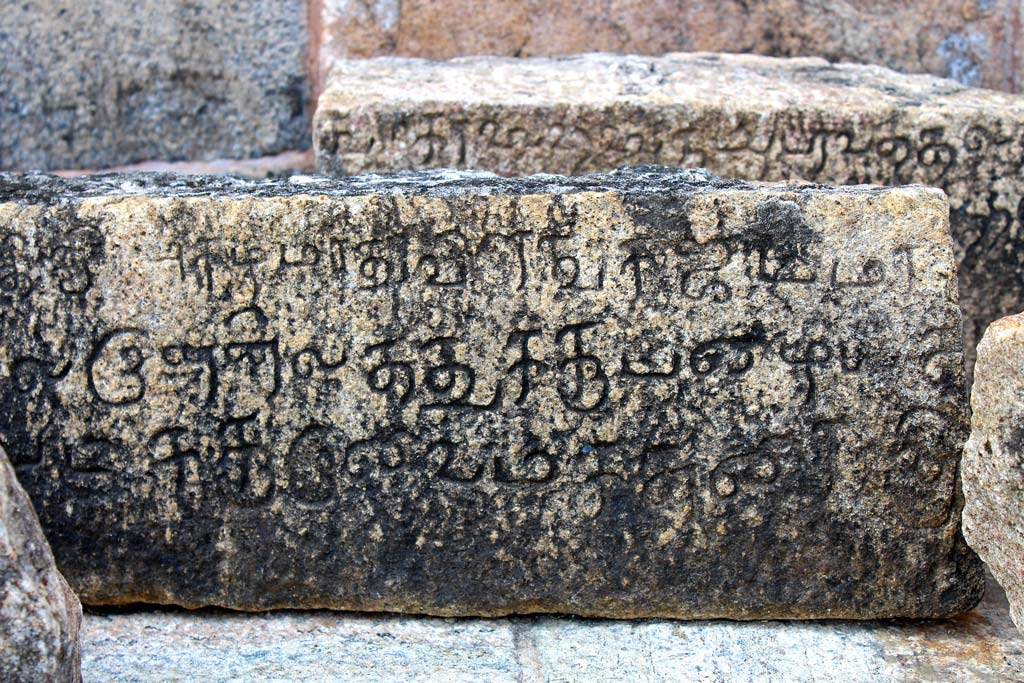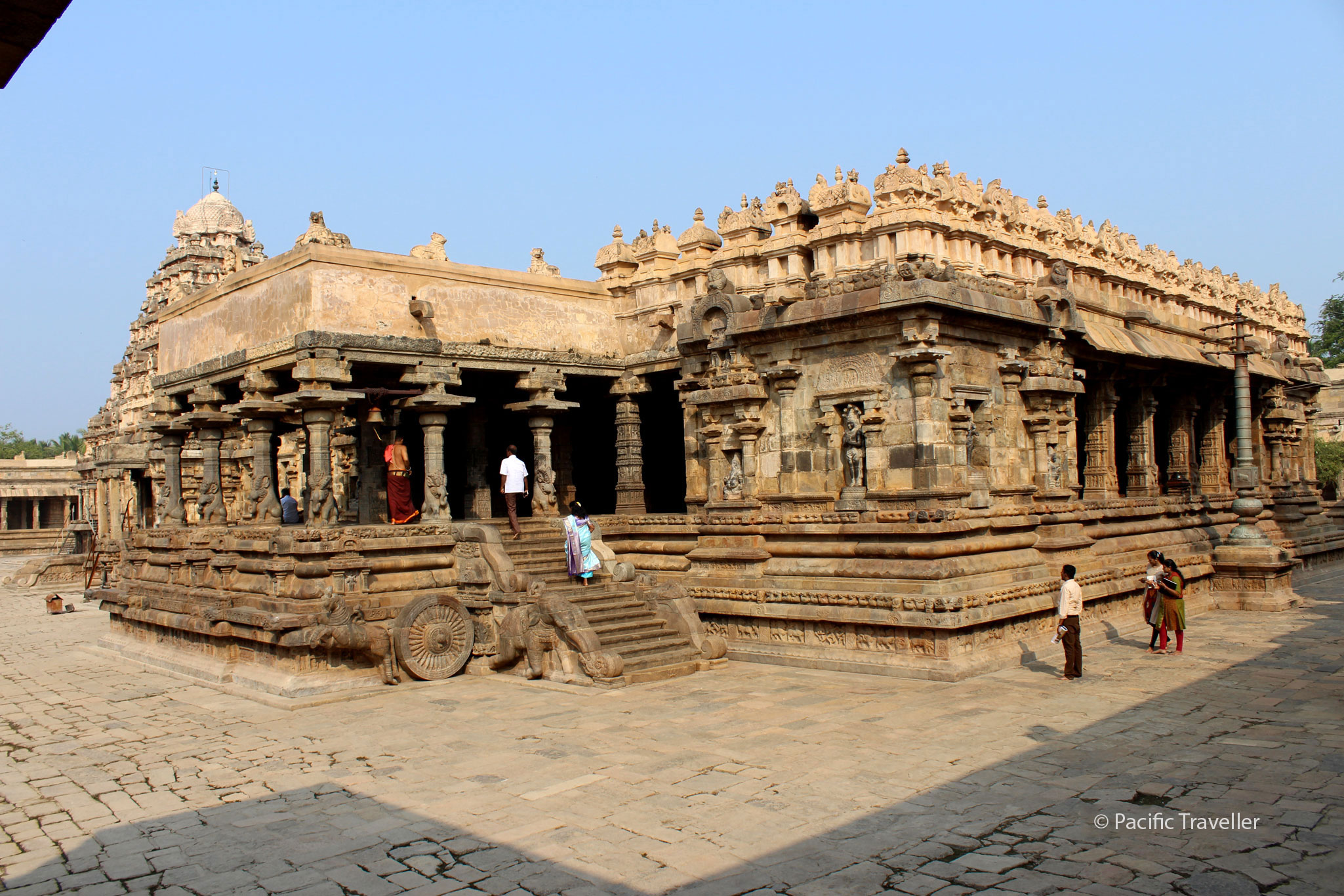When I was studying UX design at UXMINT, I had a Culture & Design study. Since the course was all about practical knowledge, Kingsly (CEO UXMINT/our trainer) planned a field trip for our batch.
I and my colleagues along with Kingsly set out for our destination on Jan 5 by train. The destination was kept a secret from us. We just had a ticket for a train that was to arrive at Kumbakonam, and for all that we knew it could just be an intermediate stop from where we might leave for the real destination. We had very little idea about the trip and had a lot of questions about the place that we were to visit and what is it that we are going to learn? Or how useful it was going to be?
The train stopped and the time was around 2am, we had arrived at our station. It was the temple city of Kumbakonam. We got down from the train and felt a sharp chillness outside, everyone in our group started shivering, but we marched on towards the bus that was waiting for us. The bus took us to our rooms in Kumbakonam. I was put up in a room with two of my colleagues and Kingsly.
It was around 3 in the morning. I and my colleagues were engulfed with suspense and so sleep was the last thing that we had in our mind, seeing that Kingsly too was wide awake, we started talking. Still not sure where the final destination was, we were intrigued to ask Kingsly about it, but he managed to keep us interested with the amazing thing about the Kumbakonam, where we currently were.

He started to explain, if we had lived among the people of Kumbakonam a 1000 years ago, where the kings walked the streets, artisans working their master piece which made the city then, filled with greenery and without pollution. By the time Kingsly finished telling us about Kumbakonam, we had lived an imaginer life in Kumbakonam that anyone could envy in today’s time.
Time flew as we heard Kumbakonam’s history, but it was the opposite once Kingsly concluded. Though we had one other thing we wanted to do being in Kumbakonam. So we went out for a cup of the very famous Kumbakonam degree coffee, which was just the thing we needed on such a cold morning.
There is something I want to add here, I am not sure how many of the reader are aware that Kumbakonam not only produces great coffee, but also has the legacy of producing great mathematicians like Ramanujan. If you ever have the chance to visit Kumbakonam, try visiting his childhood house.

Later that morning we travelled to Darasuram from Kumbakonam.

The Temple’s architecture, culture and tradition were eye opening.
Kingsly asked us to go around the temple to observe it and wanted us to discuss on our observation once done. What I found interesting was the structure of temple, language, culture and how sculptures were made.

An hour had passed, all of us met and shared our observation. Each one of us had a different prospective from our observations. Kingsly helped us get our questions answered.
Finally Kingsly explained the goal of the trip and provided us with information about the architecture of the region. He shared his own observation and knowledge, we came to know that this temple was constructed in 12 CE and it was built to with stand disasters such as earth quacks or floods. The temple was built on a particular location based on lots of research about the place, soil, environment and other aspects.

Coming to the architecture of the temple, there is a mandapam constructed on one side of the temple and is connected to the entrance. So people can come and go without any hindrance during rain or heat.
If we see the temple overview, it is constructed like lotus and the petal like structure are slightly cut. The design is made so, to make sure rain water doesn’t stagnate, but drains down through the flower petal like structure. The drainage system is also well planned. It is said that water never stayed inside the temple even in the ancient days.


You can see the base of the temple, where the water flows out through the drain and how beautifully the lighting is setup.
Architecture Information:

Entrance 1(front): As you enter the first entrance you can see the statues of art such as dancing and singing. Any one visiting to check out the artistic statues, should start here.
Entrance 2: The second entrance is filled with culture and story. This is the place for people who are interested to know about the culture and historical aspect of the temple.
Entrance 3: The 3 entrance doesn’t seem to concentrate on artistic or the historic side, but is more calm and gives a sense of peace. This is what I think any one visiting the temple for praying would prefer.
Once Kingsly explained this to us, I was able to get a clear picture and was able to realize the shift in my understanding. Now I understand how much more temples are than just a place of worship, it is a place where we can understand our history and culture, for these are some of the only place that are still intact with our past.
Some of beautiful informative sculptures are here:




Temples are assets which given by the ancient kings. It’s not only about worship, it’s about our culture, sculpture and lots of information behind it.



Really wonderful journey .. Brief Explain and wonder insights about our culture. it is awesome .. Your presentation recall my memories and our journey with Kingsley . Thanks..!!